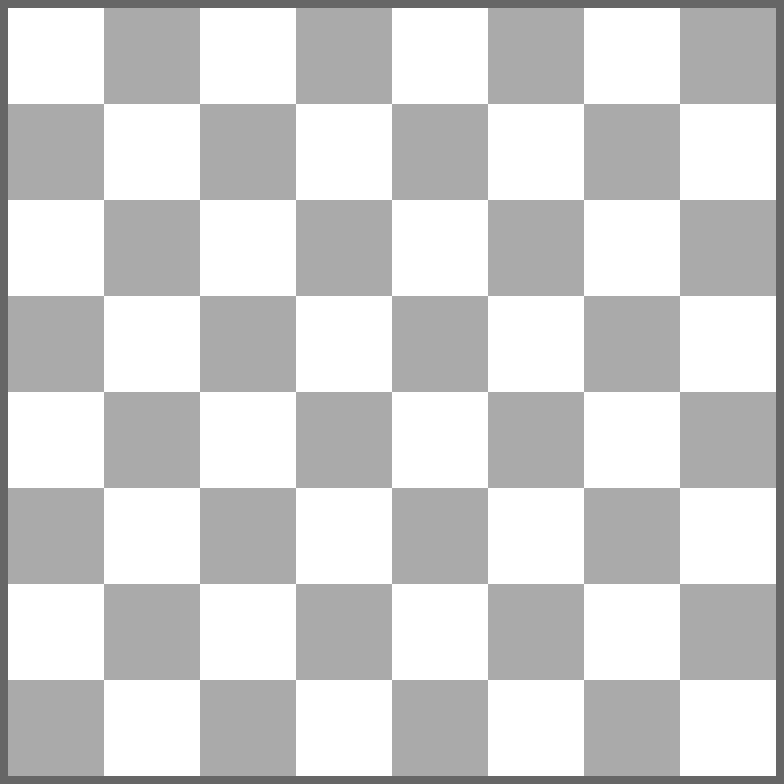
1-0
The Red-Yellow team won over the Green-Blue team (to be exact Red mated Blue, but that is indifferent for the results).

0-1
The Green-Blue team won over the Red-Yellow team (Yellow, but that is not important). Note that the green and the blue king can move next to each other as they are teammates, and cannot capture each other.

Yellow checked the blue king. Were Blue the next player this would be a checkmate. However, the next player after Yellow is Green, who can interpose the bishop. If Green does so, then after Red's move Blue comes, who is not in check, but cannot make a valid move, so the game ends in a draw by stalemate (½-½). But Green is not forced to interpose the bishop as not being in check. If Green makes the mistake not to do this, then after Red's move Blue will be in checkmate, and the Green-Blue team loses the game (1-0).

0-1
It is important that checkmate is only realized when the checkmated player is to move. Here it seems that Yellow checkmated Blue. But the game does not end here, as after Yellow not Blue follows but Green. Green can checkmate Red with the queen (Green is able to do this as Green is not in check). The next player is Red, who is checkmated and loses the game. The fact that Blue is also checkmated does not count as Blue's turn did not come yet.

